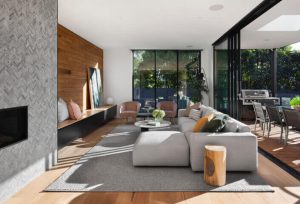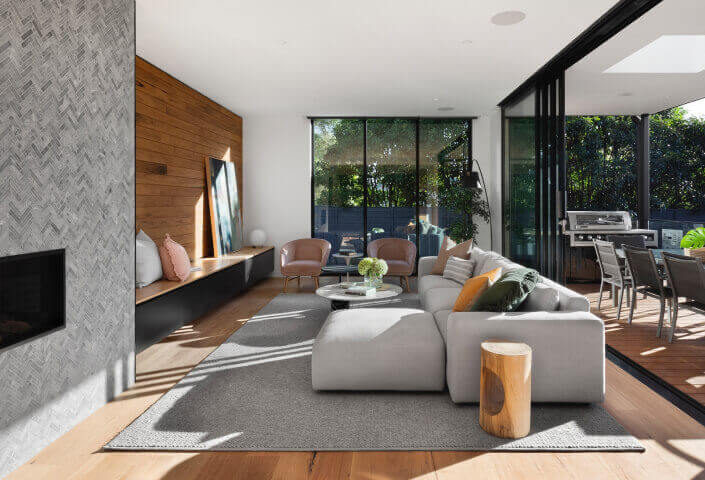Real estate ownership is either simple or complex. Property can be owned either by one person or by several people. It can also be owned a legal entity such as a corporation, school or other group. How does ownership type affect the property?
Three main characteristics of property ownership are defined by
- Owner’s legal rights and obligations
- What happens to property in a bankruptcy?
- How to transfer or inherit a property after death
Common types of real estate ownership
The sole Ownership
The entire property is owned by a single individual. After death, the court determines ownership.
Joint Tenancy
Two or more individuals own the same property. The right to ownership is transferred if one joint tenant dies. This is done by the legal principle known as the right of survivorship.
Tenancy in Common
Two or more owners may have unequal ownership rights. One person might own 25% of a property, while another may hold 75%. Equal ownership is possible. In the event of divorce, for example, ownership may change from tenants in entirety to tenancy-in-common, with both parties having 50%.
In contrast to a joint tenant, ownership is transferred upon death to the heirs of that person.
Tenants in Entire
The term tenants by entirety refers to a form of property ownership that is available for married couples. Both owners are treated under tenants by entirety as a single entity.
The ownership of a business is transferred when one partner dies to the remaining partner.
Additional Types Of Real Estate Ownership
Co-operative (Cooperative)
A co-op can be defined as a building with multiple units where each resident has a predefined ownership interest. A resident of a co-op does not own their unit, unlike a condo. They lease the unit instead from the owners, who are commonly known or referred as “shareholders.”
Planned Unit Development
PUD is a term used to describe a housing project that does not have to adhere to the standard zoning regulations for the locality. To obtain PUD status, housing developers must receive permission from local governments.
The developer must also establish guidelines for the common areas of the building. These can include everything from architectural style, to land coverage ratios, to amenity requirements.
Land Lease
Land leases in the United States are rare, but they still exist in rural areas. When a resident leases land to build a house, they do not own the home itself, but rather lease the land it sits on.
Fee Simple
This term is used to describe homeowners who own freestanding houses. It implies that they are selling their entire house, including the land beneath it.
Condominium
Refers to homeowners who own an apartment (also called a unit or a condominium) in a condominium. The homeowner in this situation does not own all of the building, the land, or the common areas.
The buyer of a condominium unit also owns an interest in land and the common areas. These are shared by the other building owners.























+ There are no comments
Add yours